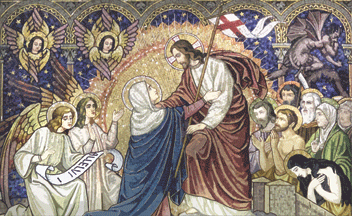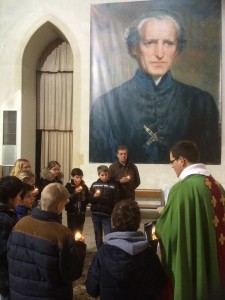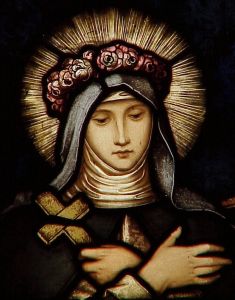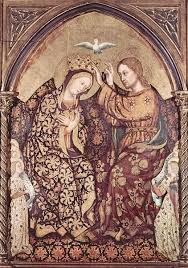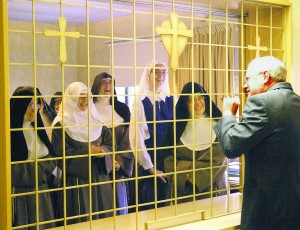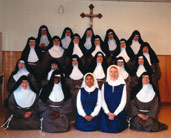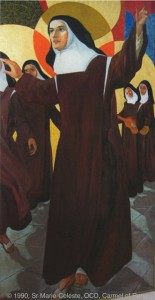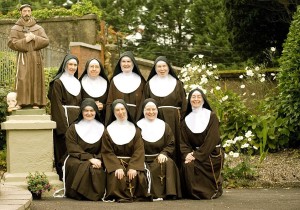For whether we live, we live unto the Lord; or whether we die, we die unto the Lord. Therefore, whether we live, or whether we die, we are the Lord’s. (Rom 14:18)
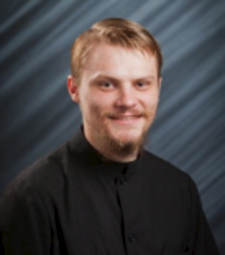 In Memoriam: Br. Stephen Cox (1992 – 2014)
In Memoriam: Br. Stephen Cox (1992 – 2014)
Stephen Timothy Cox was born in Walnut Creek, California on March 22nd, 1992 to Edwin and Nelda Cox. He is the second of two children. His sister, Sarah, is eight years his senior. The family home is in Concord, California, a community on the east side of San Francisco Bay.
Stephen grew up in a traditional Catholic Family. His school years were spent in public schools, homeschooling, a small Catholic Academy and Prep School and finally graduating from Concord Public High School in 2010. After high school Br. Stephen enrolled in Diablo Valley Community College where he graduated with an Associate of Arts Degree in 2013. During his time in College he spent a semester abroad in Italy.
Br. Stephen awakened to a religious vocation at age 14 after viewing the Movie Therese by Leonardo de Filippis. He was profoundly moved by the film and immediately began to investigate religious orders to apply to.
First, Br. Stephen investigated religious orders which were in some way connected with St. Therese and the movie that was so instrumental in his vocational awakening. He was turned away in several instances because of his youth and the fact that he had epilepsy. Finally, he was permitted to apply and was accepted at Mount Angel Abbey. He began the postulancy on March 20th, 2014. He was ecstatic when he found out that part of the movie Therese was filmed at the abbey.
Br. Stephen was a very pious young man. He arrived at the abbey with all the zeal and romantic idealism that are typical of the young. He saw himself very much in the model of St. Therese of Lisieux. His aspirations were simple. As he put it in his application in response to the question “Why do you want to be a monk of Mount Angel Abbey?” He wrote, “Because I want to be a saint and I think that this is the best place for me to do that.”
Br. Stephen was loved by his classmates and the monks of the Abbey. He was very diligent in extending hospitality to the visitors coming to the monastery to consider a call to the monastic life.
He had a refreshing simplicity about him, a sense of humor and smiled a lot. He was humble and zealous; a good monk. Br. Stephen died suddenly in an epileptic seizure the morning of September 4th, 2014.
~Abbot Gregory Duerr & Community, Mount Angel Abbey
Memorial services in the Abbey Church:
September 9, Tuesday, 12:00 – Reception of Body
September 9, Tuesday, 7:25pm – Vigils for the Dead
September 10, Wednesday, 10am – Mass of Christian Burial (followed by procession to the Abbey Cemetery)
